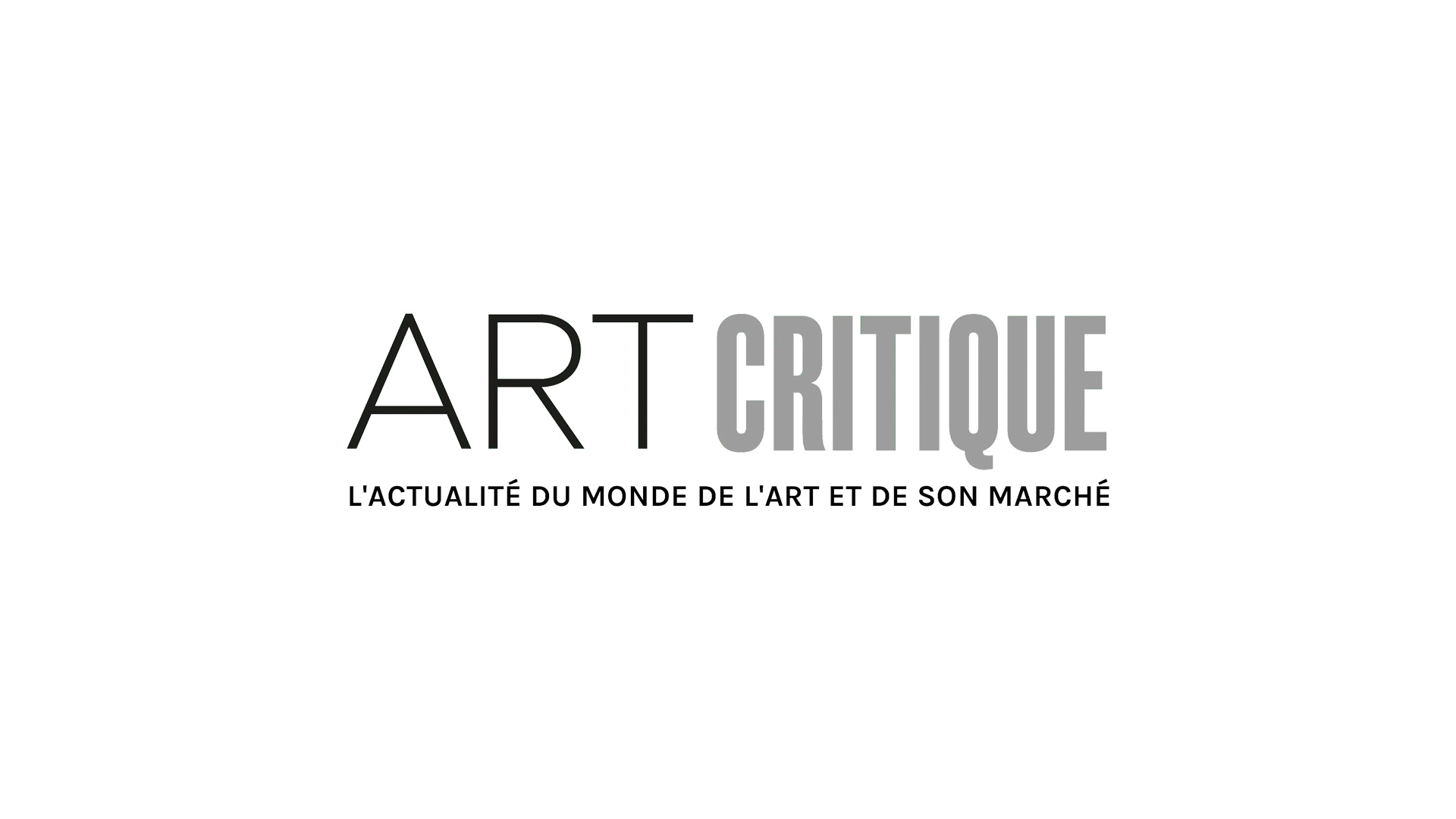The financialization of art has led to the emergence of large galleries (those with sales figures over 50 million dollars, who have a 30% profit margin, whose yields are significant). These galleries represent the most successful artists, those whose pieces best match market expectations. But behind the term “market” lies a reality: collectors. Yet, without descending into a caricature of “nouveau riche”, those collectors with massive budgets are not always the best suited for judging the inherent quality of works of art. For example, they automatically gravitate to sensational pieces, to the detriment of conceptual pieces which are less accessible. As a result, two parallel paths begin to materialize; one for established artists who are closely connected to the market and another for young or institutional artists with ties to museums. Art galleries that have evolved into businesses have the tendency to represent artists developing in the first category. This kind of artist can often be found in places like the International Contemporary Art Fair (ICAF), Art Basel or other fairs where they make, according to the 2017 ArtPrice report, 46% of their sales.
All of this may lead to the emergence of a counter power. Stéphane Corréard wanted to create not a market but a “venue,” for those who do not recognize themselves in this hegemonic model. They are “Gallery owners” of Carreau du Temple, whose third edition just ended. The project was created under the guidance of filmmaker Béla Rarr who said, “We are many and yet we are few”. Corréard elaborates on this statement, “We are only a few yet perhaps we are still the majority, always experiencing our passion for art as a total, vital commitment. That may be what brings us together: artists, of course, but also gallery owners, collectors and other contemporary art lovers. We distance ourselves from the excesses and scandals of a highly speculative and financialized art market which has lost sight of its original mission: financing vibrant creation in all its diversity and contributing to the existence of a balanced ecosystem where everyone can find their place”. In collaboration with many collectors and artists, “gallery owners” have also defined a set of criteria for evaluating the professionalism of galleries: loyalty to artists, commitment to their success, ethics, accessibility to the public, provision of services to collectors and more. As a result of these criteria the venue brings together a selection of 30 galleries. At present most of the galleries are from Paris but there are a few from the provinces as well as from Belgium (Archiraa), Warsaw (Common Room) and one from Geneva (Analix Forever).

The latter venue seems to summarize the aspirations of the entire event all on its own because it is exclusively dedicated to Conrad Bakker, a Canadian artist whose portfolio is often at the heart of the work, with enough material to reproduce a complete library, volume by volume, in painted wood! Although he is recognized by institutions from all over the world for his singularity and consistency, Bakker is still relatively unknown in the market. His show called À la recherche du temps perdu (In Search of Lost Time) mirrors the goals of the « Gallery owners » to the degree that it is doomed to an all-consuming passion not unlike the world-novel of Marcel Proust, the archetype of the total art piece. Symbolically Proust’s tomb, or his memoria as it was once called, is reproduced in the heart of the space – but brushed in “twitter blue” because that is the destiny of the literary in the hyper contemporary that seems to attract artists.

According to the very archaic practice of making offerings to the dead, a plate of little madeleines is set on the tomb thereby opening the path to salvation in the form of memory. All around, books keep watch, like those of Bergotte, in the windows illuminated the day after his death –except that here they are made of wood, copied with meticulous accuracy, affecting his artistic reputation in the face of the invasion of reproductive technologies. There’s an element of fetishism in this zeal, as if snatching creation from the world of commercial exchange and restoring a bit of its former aura associated with rites and magic objects and reconciling, in a manner of speaking, Proust and Malinowski – with the understanding that these are not small pebbles chosen by devotees that sit on the blue sepulcher but cell phones, also of painted wood, with screens featuring quotes from La Recherche found on social media. The issue of continuity then arises; from the first editions of the1920s to individual lines stolen from the web and accompanied by completely banal photographs, is there an absolute rupture, degradation, or inversely is there a lifelong fascination, dictated by new styles and rhythms? Bakker does not explicitly answer but his falsely naïve and genuinely obsessive arrangement leads to thinking that he, we suspect, believes in the unaltered power of Proustian invention, of the independent phrase. In short, he believes in the possibility of enthralling the world once more through art. In their own way, isn’t that what the designers of “Gallery owners” want too?






